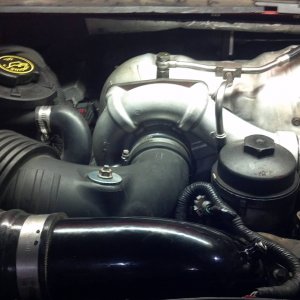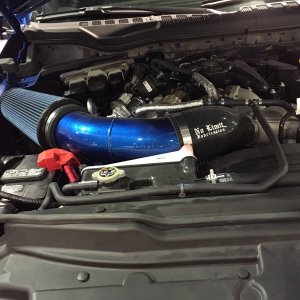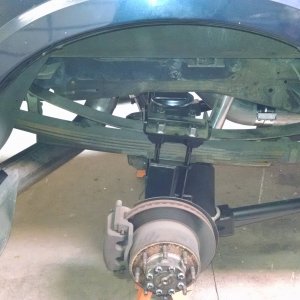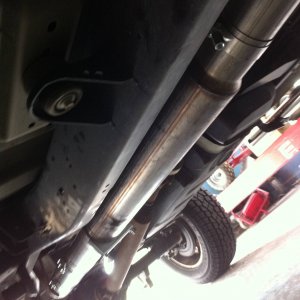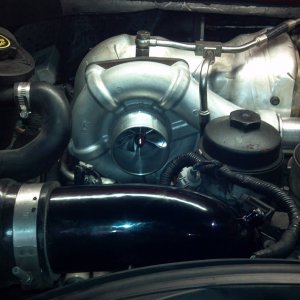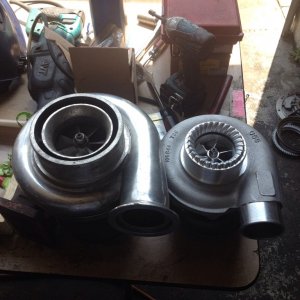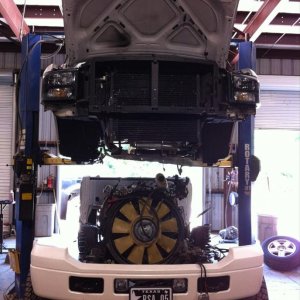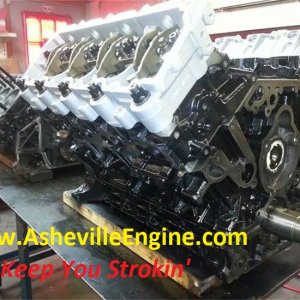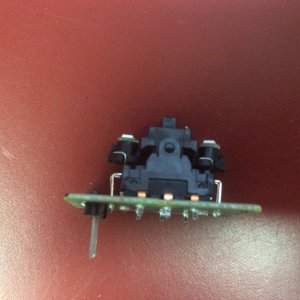Here is another group of plots I found interesting. These are comparisons of a stock ECM and FICM, a standard 100R racing tune with a Stock FICM, a Stock ECM and the Hercules FICM tune, and finally the 100R ECM and Hercules FICM tune combined. It's pretty interesting to see where the individual gains are and also goes to show that there are limiters in the ECM that need to be addressed in order to maintain High RPM power output as well as SOI adjustments to help improve low RPM performance. These show that the FICM tuning and ECM tuning go hand in hand to provide on overall performance gain.
The first image is just a comparison between the 100R ECM and the Hercules FICM tune. The Hercules actually has a little higher peak output, especially in torque at about 2200 RPM and HP at 3000 RPM, but suffers a little in the 1800 to 2000 RPM range and a drops off at 3300 due to the fuel limitations in the Stock ECM calibration.
(click on image to enlarge)
The next image is a comparison between the 100R ECM and the Hercules FICM tune, with a Stock ECM and FICM for reference.
(click on image to enlarge)
The final image is a comparison between the 100R ECM and the Hercules FICM tune, both individually and combined, with Stock ECM and FICM for reference. I had to change the HP scale from 500 HP to 1000 HP to help separate the graphs. They were getting really cluttered and hard to follow the curves. As you can easily tell, each type of programming has its benefits in certain areas, but the combination of both tunes makes a tremendous difference over each tune individually. The compounded benefits, while not wholly additive (ie. 100 HP + 100 HP does
NOT make 200 HP), still have significant relevance in their relation and shows that the FICM programming combined with even an aggressive performance tune will provide noticeable improvements, especially in the 1800 to 2800 RPM range.
(click on image to enlarge)
I hope these graphs are helpful.

